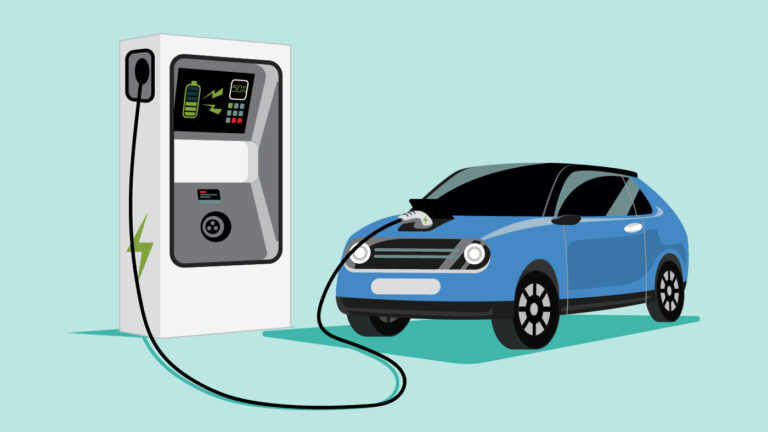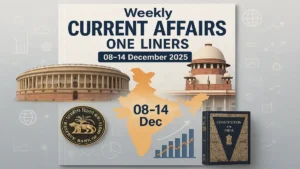India’s electric vehicle (EV) value chain revenue pool is expected to reach a size of $76-100 billion by 2030, potentially translating to $8-11 billion profit pool, according to a report by Bain & Company.
Buy Prime Test Series for all Banking, SSC, Insurance & other exams
What The Report Pointed:
The Indian automotive market is poised for rapid EV growth, due to the convergence of factors including government incentives, improving cost-competitiveness and original equipment manufacturer (OEM) investment, along with increased customer readiness and awareness, the report noted.
A Chain Of Industries:
While 40-50% of revenue pool will come from auto OEMs, it will be significantly altered in the nature and composition,” he said. “New business opportunities such as battery (13%), charging (8%) and mobility (6%) will emerge. Unified platforms will become the next big play as many EV ecosystem players are looking for forward or backward integration to create a broader e-mobility ecosystem.
The Growth Trajectory of This Industry:
- Indian EV sector has already seen $3.7 billion private equity and venture capital (PE/VC) investments over the past three years, and this number looks set to increase significantly as the industry transforms.
- Findings from the report indicate that 35-40% of all vehicles sold in India by 2030 will be EVs, up from 2% in 2022. “Two-wheelers and three-wheelers will be vanguards for EV adoption, achieving 40-45% penetration by 2030,” Jain said. “This is driven by several factors, including highly competitive total cost of ownership (TCO), limited need for public charging infrastructure given the adequacy of home charging for daily use, investments in building compelling product offerings with comparable performance to internal combustion engine (ICE) vehicles, and early adoption by delivery and logistics fleets.”
- The four-wheeler electric passenger vehicle (PV) segment (broadly electric cars) is expected to fall behind the adoption curve. Higher requirements for product performance and build-out of public charging infrastructure, plus higher capital cost and TCO gaps, serve as barriers to adoption. This segment is still expected to account for 15-20% of total PV sales by the end of this decade.
- But despite lower penetration and volumes, electric PVs will constitute the largest segment of the revenue pool of about 41% by value, followed by electric two-wheelers (33%).
- The report added that electric buses will see a penetration curve similar to that of electric PVs by 2030, driven in large part by state transport undertakings focused on fleet electrification for intracity transport.




 Weekly Current Affairs One Liners 08th t...
Weekly Current Affairs One Liners 08th t...
 Which Indian City is Known as the Footwe...
Which Indian City is Known as the Footwe...
 Which Desert is known as the Cold Desert...
Which Desert is known as the Cold Desert...







